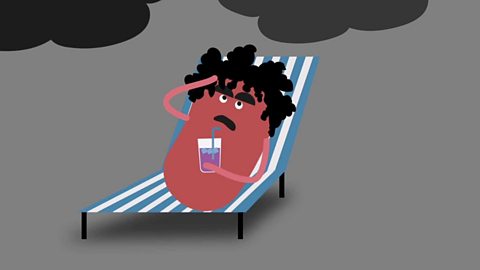What is risk-taking behaviour?
Risk-taking behaviour is any action that directly or indirectly has a negative effect on your health, happiness or other people.
There are many different types of risk-taking behaviour, these include:
- anti-social behaviour;
- unprotected sex;
- deliberate self-harm;
- severe or excessive dieting;
- compulsive overeating;
- dangerous driving.
The consequences of risk-taking behaviour
You may regret your actions.
Regret can stay with you for many years if your behaviour has led to long-term difficulties.
Others may think you are foolish.
You may find yourself isolated if your behaviour makes people think badly of you.
Your relationships may suffer.
People will not trust you if they associate you with risky or antisocial behaviour.
Your family will worry and your friends may distance themselves from you.
You or others may be injured.
Taking physical risks may lead to injuries or death for you and the people around you.
You may face criminal charges.
Dangerous or illegal behaviour may lead to your arrest.
This will cause problems at school and work, and may lead to curfews, fines, probation or prison.
Why do we take risks?
We all test our limits as we grow up.
ItŌĆÖs no surprise that as we get older we often experiment with risky situations to understand how they affect us.
We are naturally curious, so itŌĆÖs not enough to simply be told that a certain activity is bad for us.
We want to find out for ourselves.
What type of risks do we take and why?
"IŌĆÖm so boredŌĆ”"
Sometimes we take risks because weŌĆÖre bored and want to ŌĆśspice upŌĆÖ our lives.
In most cases this boredom is the result of some imbalance in how we are living.
We may not be using our talents to their full potential and this is when we make bad decisions.
"I just want to be likedŌĆ”"
ItŌĆÖs natural to want to be liked by our peers.
However, when we let this need overcome our sense of self-preservation it has gone too far.
"Look at me, look at me!"
Sometimes we donŌĆÖt even care about impressing people, we just want their attention.
This need can be caused by a sense of loneliness and insecurity which arises from bad life experiences such as poor parenting or bullying.
The adrenalin rush
Adrenalin is a powerful drug produced by the body in exciting or stressful situations.
This surge of energy leads many young people to overlook the danger of risky activities.
Drugged-up decision-making
An altered state of consciousness might blind us to the dangers of our decisions.
Money, money, money
Young people may turn to crime to earn money through theft, drug dealing, or extortion.
How to recognise and manage risk-taking behaviour
Click on the image below to find out more about different types of risk-taking behaviour and the consequences.
Avoiding risk and ensuring personal safety
Here are four key ways to avoid risk and ensure personal safety:
Think
Think about the consequences of your actions to you and others. When you are involved in an incident that has caused injury or distress to yourself or others, think about how and why it happened and your role in it.
Review
Review your friend groups and decide which groups of friends are providing a positive influence in your life. Ask yourself why you are spending time with people whose actions and lifestyles are full of risk.
Talk
Talk about your worries and issues with parents/teachers and trusted friends. They can support you and help you decide which aspects of your life are likely to lead to harm, injury and unhappiness.
Know
Know the actions to take to ensure your personal safety in different circumstances. In particular, have a look at your online life and understand which aspects of it are leaving you at risk.
More on Personal development
Find out more by working through a topic
- count5 of 6

- count1 of 6

- count2 of 6
